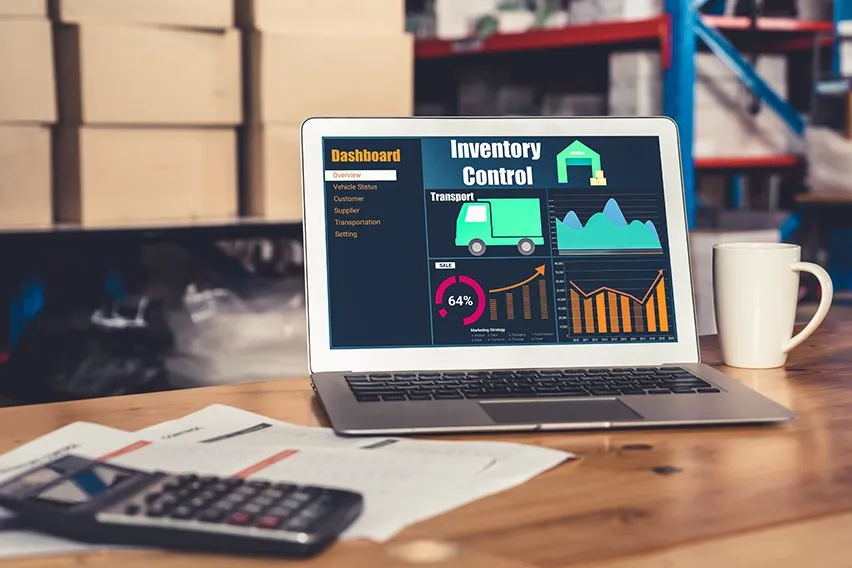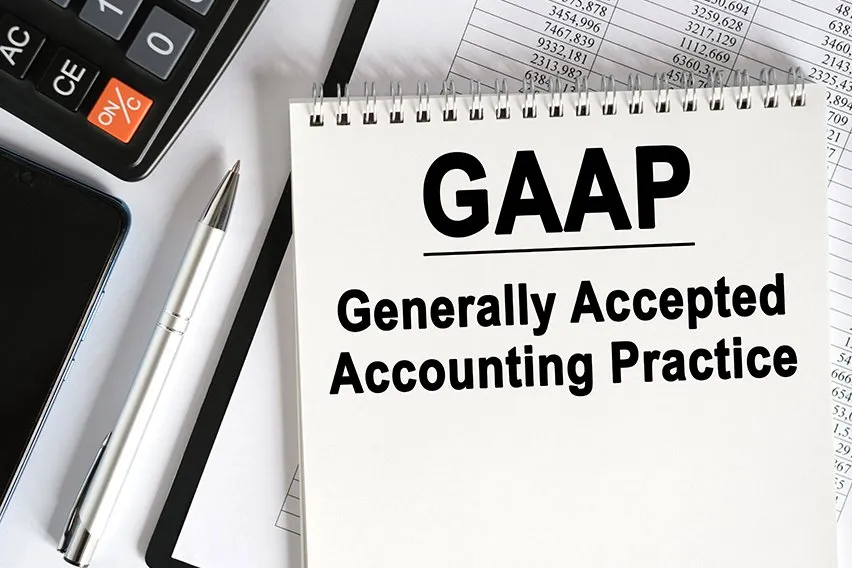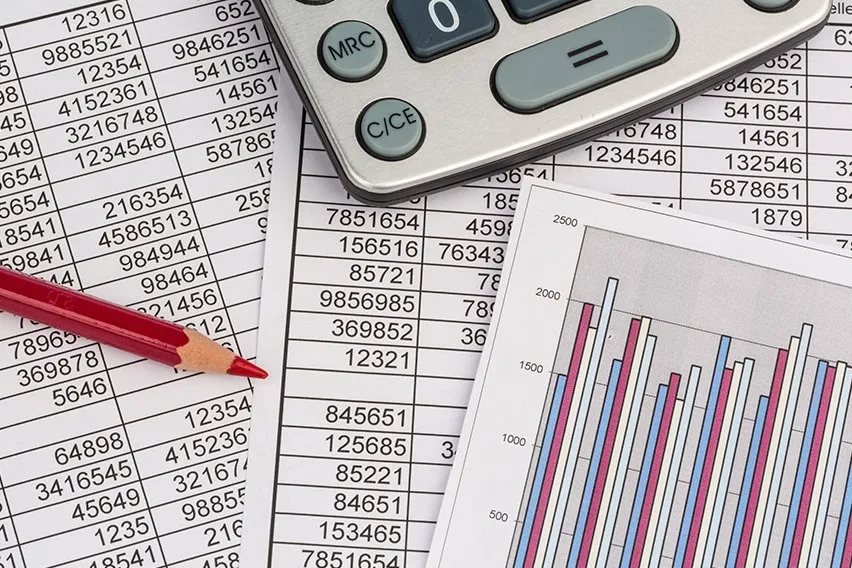What Is a Periodic Inventory System and How Does It Work?

A periodic inventory system is a form of inventory valuation where the inventory account is updated at the end of an accounting period rather than after every sale and purchase.
The method allows a business to track its beginning inventory and ending inventory within an accounting period.
What this article covers:
- How Does a Periodic Inventory System Work?
- How Do You Calculate Cost of Goods Sold Using the Periodic Inventory System?
- Advantages of the Periodic Inventory System
NOTE: FreshBooks Support team members are not certified income tax or accounting professionals and cannot provide advice in these areas, outside of supporting questions about FreshBooks. If you need income tax advice please contact an accountant in your area.

How Does a Periodic Inventory System Work?
In a periodic inventory system, no continuous record of changes is kept. The yearly inventory purchases are recorded in the purchases account, which is a ledger listing all inventory purchases and their costs.
|
Purchases |
xxx | |
|
xxx |
At the end of the year, a physical inventory count is done to determine the ending inventory balance and the cost of goods sold.
|
|
Debit |
Credit |
|
Inventory |
xxx | |
|
Purchases |
xxx |
How Do You Calculate Cost of Goods Sold Using the Periodic Inventory System?
The total in purchases account is added to the beginning balance of the inventory to compute the cost of goods available for sale.
The ending inventory is determined at the end of the period by a physical count of every item and its cost is computed using inventory calculation methods such as FIFI, LIFO and weighted averages.
This amount is subtracted from the cost of goods available for sale (or the cost of goods manufactured) to compute the cost of goods sold.
The general formula to compute the cost of goods sold under the periodic inventory system is given below:
Cost of goods sold (COGS) = Beginning inventory + Purchases – Closing inventory
For example, XYZ Corporation has a beginning inventory of $100,000, has $120,000 in outgoings for purchases and its physical inventory count shows a closing inventory cost of $80,000.
The calculation of its cost of goods sold is:
Cost of Goods Available = Beginning inventory + Purchases
$220,000 = $100,000 + $120,000
Cost of Goods Sold = Cost of Goods Available – Closing Inventory
$140,000 = $220,000 – $80,000

Advantages of the Periodic Inventory System
Easier to Implement
Since the periodic system involves fewer records and simpler calculation than the perpetual system, it is easier to implement. The simplicity also allows for the use of manual record keeping for small inventories.
Ideal for Small Businesses
The periodic inventory system is ideal for smaller businesses that maintain minimum amounts of inventory. The physical inventory count is easy to complete, small businesses can estimate the cost of goods sold figures for temporary periods.
While the system may work for smaller businesses, it can prove to be highly problematic for large businesses due to its high level of inaccuracy. Since the periodic system is manual, it’s prone to human error and the inventory data can be misplaced or lost.
The periodic inventory system doesn’t provide real-time data about the cost of goods sold or ending inventory balances. This makes it harder to ascertain the inventory on hand at any point in time.
Most accounting software use a perpetual inventory system to track and update inventory purchases, sales and the cost of goods in real time. This way business owners are able to keep track of accurate COGS figures and adjust for obsolete inventory or scrap losses.
RELATED ARTICLES
 What Are Financing Activities?
What Are Financing Activities? What Are Generally Accepted Accounting Principles?
What Are Generally Accepted Accounting Principles? What Is an Accounting Period?
What Is an Accounting Period? Depreciable Cost: What Does Depreciable Cost Mean?
Depreciable Cost: What Does Depreciable Cost Mean? How to Do Accounting for Small Business: Basics of Accounting
How to Do Accounting for Small Business: Basics of Accounting In the Black vs in the Red: What Does in the Black and in the Red Mean?
In the Black vs in the Red: What Does in the Black and in the Red Mean?